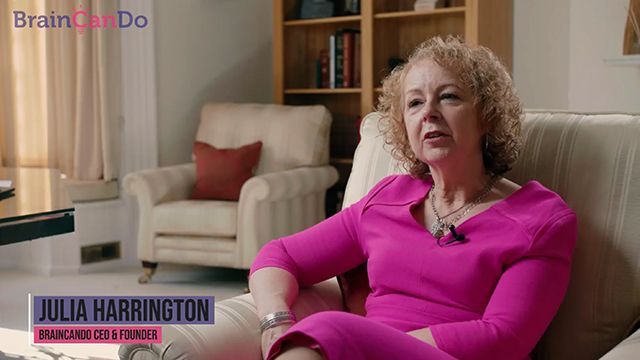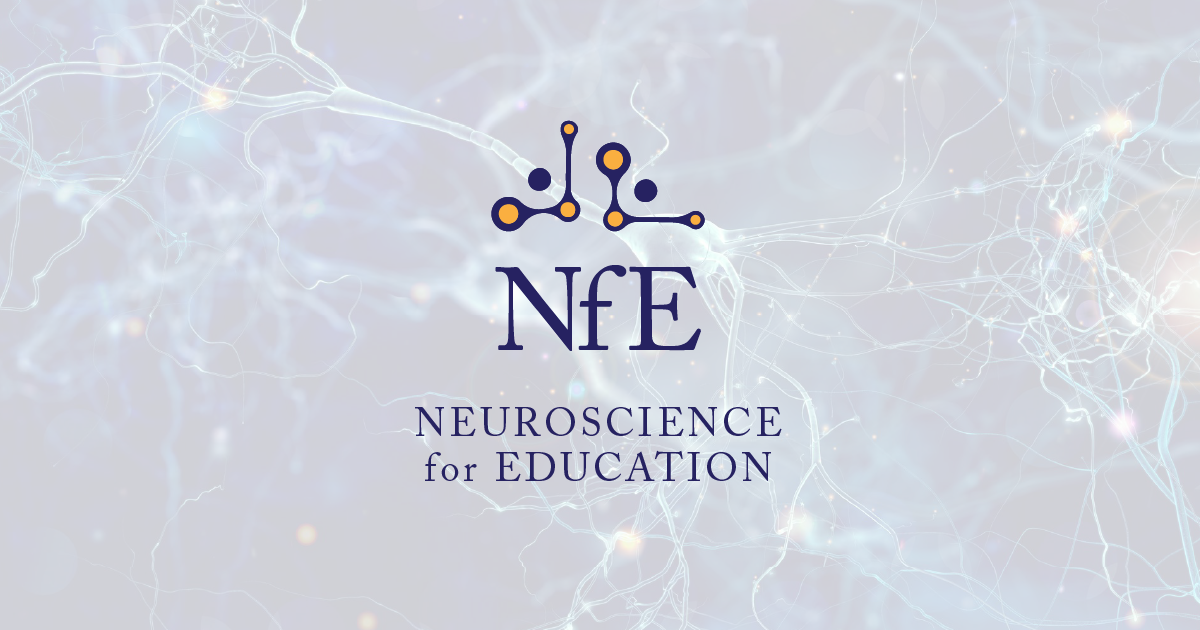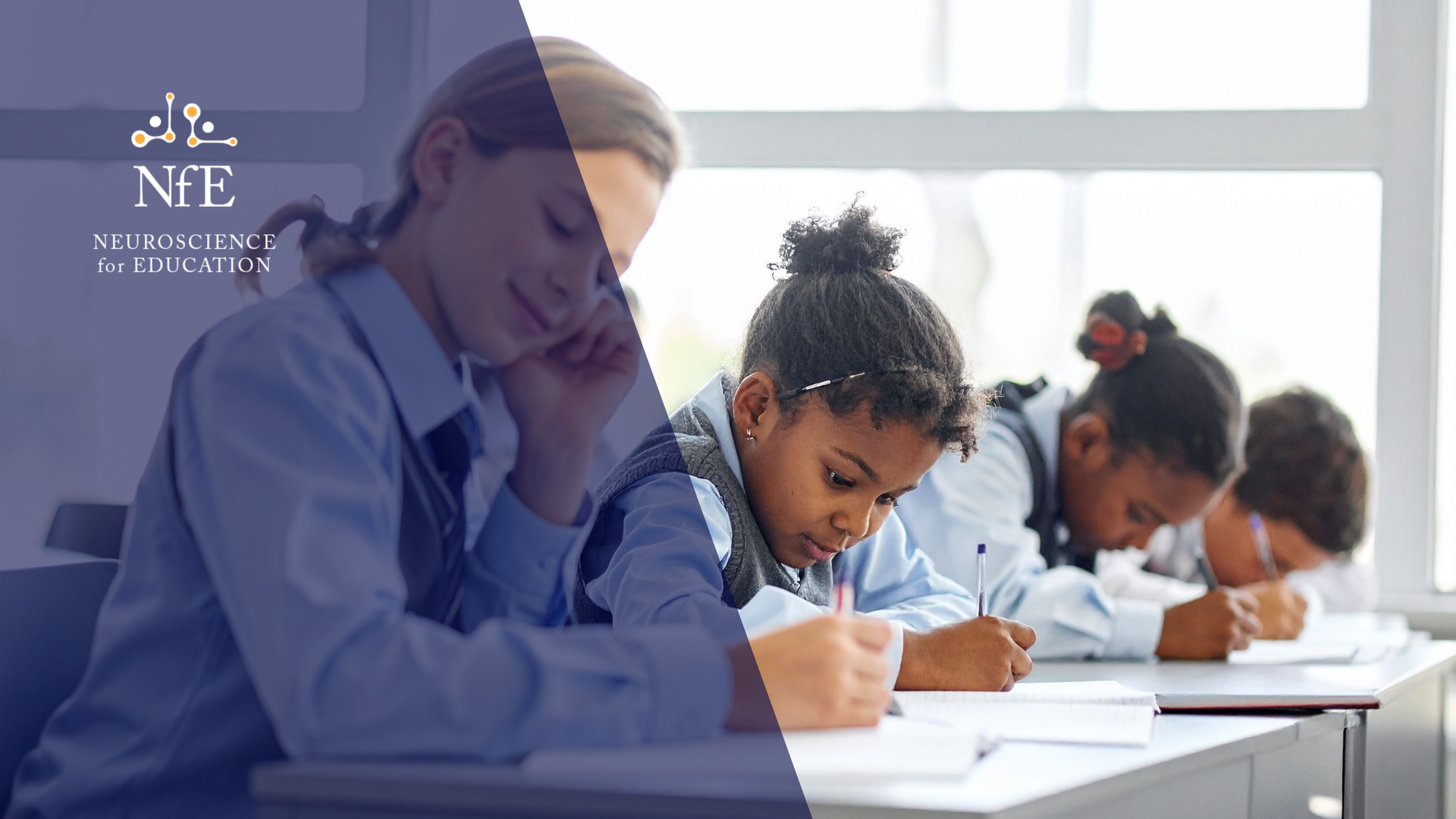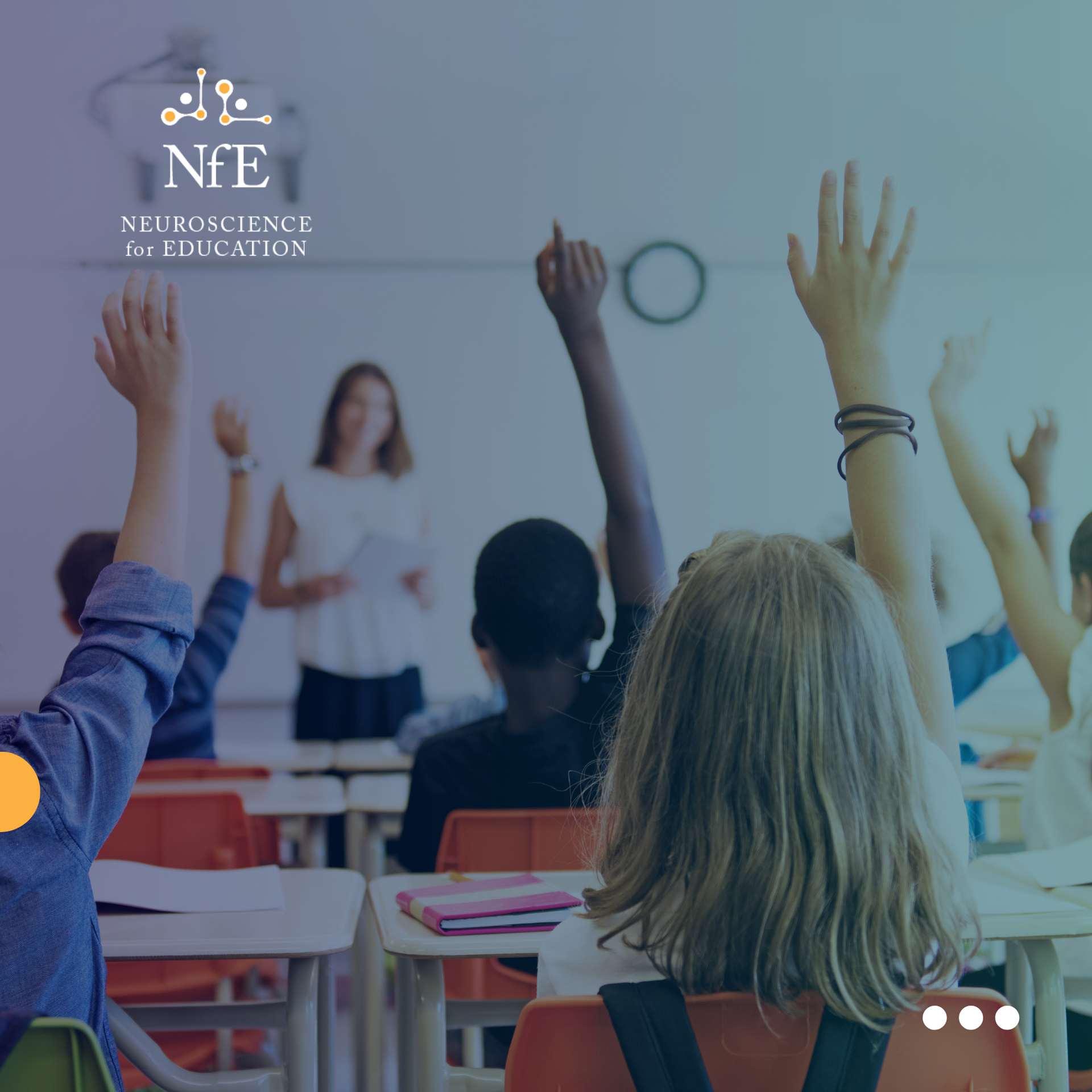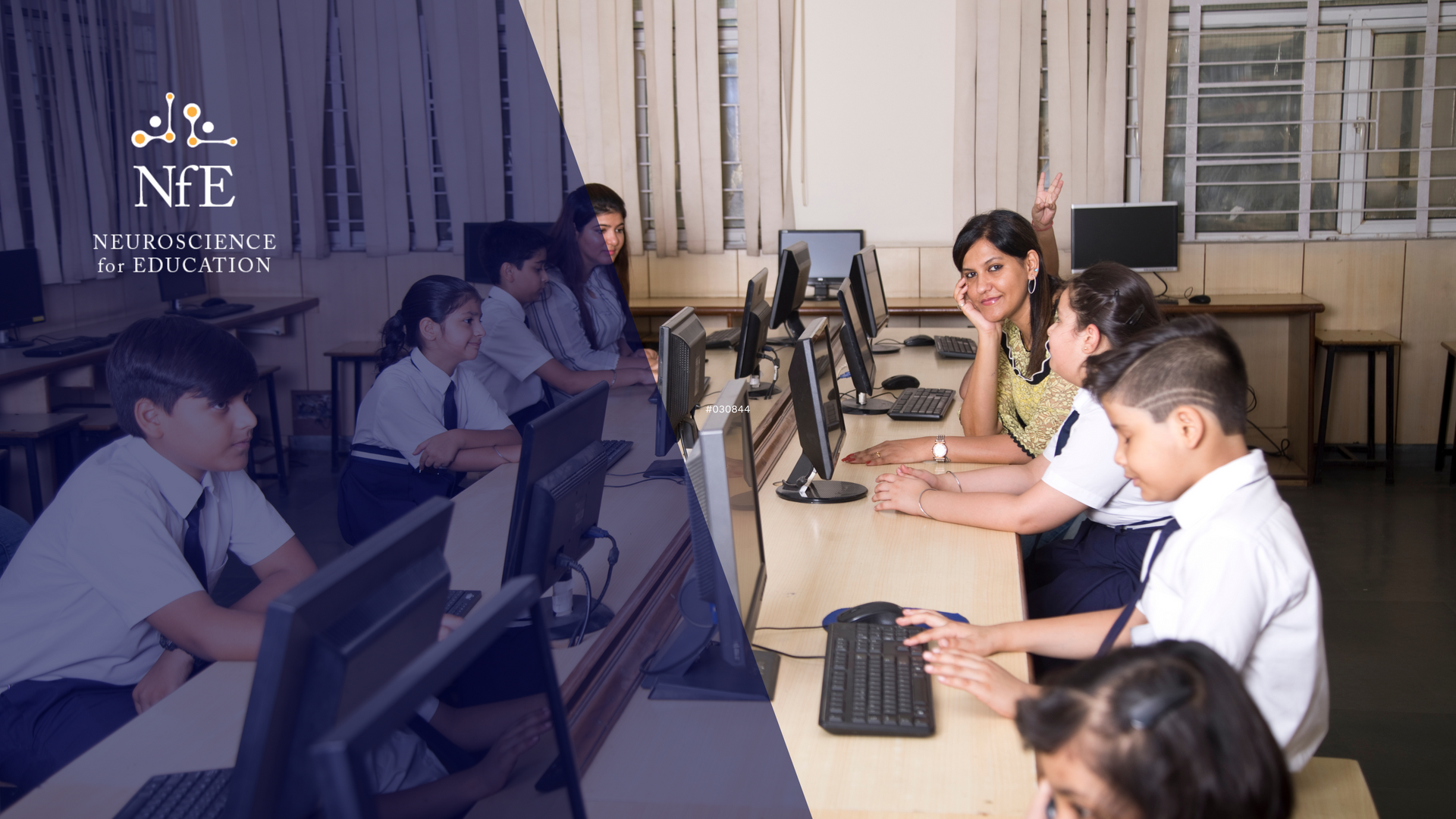Teaching the Minds That Will Shape Tomorrow
The Neuroscience of Future Citizenship

The latest Curriculum and Assessment Review (November 2025) places citizenship at the heart of education, highlighting areas such as media literacy, financial literacy, democracy, and climate education — all vital to preparing pupils for life in modern Britain. But good citizenship isn’t only about knowledge. It also requires the development of the cognitive, emotional, and social skills that help pupils use that knowledge wisely. Neuroscience offers practical insights into how teachers can nurture these deeper capacities.
Here’s how an understanding of the brain can help develop future citizens — and some simple ways to bring this into your classroom.
1. Understanding Your Place in Society – The Social Brain
We know from neuroscience research that our brains are wired for connection with others. The temporoparietal junction and prefrontal cortex help us to imagine and therefore better understand others’ intentions and our own social role. But this requires children to be in situations in which they have the opportunity to consider events from another perspective.
Teachers can create this opportunity: Use group projects that require pupils to take different roles (leader, communicator, researcher). Afterwards, discuss how each role contributed — linking personal contribution to community benefit.
2. Thinking Critically – The Prefrontal Cortex in Action
Critical thinking relies on executive functions: inhibiting actions that have been rewarding in the past, reasoning about the consequences of our actions, and using working memory to compare and contrast different perspectives. Developing fluency in these processes requires practice.
Teachers can provide safe places to practice new skills: When analysing news or social media, ask pupils to pause and predict before revealing facts. Encourage them to reflect — “What made you believe that?” You might even encourage pupils to treat every day as April Fool’s Day and ask - “How might someone who was trying to fool you have written about this topic?” This activates neural networks for reasoning and self-regulation.
3. Engaging with Diversity – Noticing and Addressing Bias
The brain uses shortcuts (biases) to process quickly and efficiently, but this can lead to unconscious behaviours and/or judgments that we would not choose if we were to think about these consciously. Bringing these automatic processes to consciousness is therefore the first step toward noticing when our behaviour can unintentionally lead to us being unkind to some groups of people.
Teachers can help pupils to notice this: Use bias-awareness games (“Who would you trust to…?” scenarios) followed by discussion on how first impressions form — and how the brain fills gaps with assumptions. Create stories that cause pupils to make assumptions about a character’s gender, race or religion and use these to demonstrate that their assumptions can be wrong.
4. Building Empathy – Oxytocin as Hero and Anti-Hero
When we are with a group of people that we are familiar with and like, the brain releases oxytocin. This hormone increases our liking or, and trust in, familiar others. In this way, it helps to build empathy within groups. However, oxytocin also causes us to distrust people or groups with whom we are less familiar. Teachers can help pupils to experience the pleasure and pain of oxytocin.
Teachers can: Create an exercise in which pupils provide praise and positive acknowledgement of the role that other pupils play in their lives. When complete, ask them to describe how they feel about the group. This provides an opportunity to feel the benefits of oxytocin in bringing groups together. Now give them a list of tasks that pupils in a school might be asked to do as part of a citizenship challenge, e.g. litter picking in the playground, or helping teachers to tutor younger children. The list should include tasks that the pupils will enjoy and some that they are likely not to enjoy. Ask your pupils to distribute these tasks between their own class and another class. What you should find is that the pupils keep the good tasks for their class and assign the less good tasks to pupils with whom they are less familiar. This is the effect of oxytocin in reducing trust and liking of others.
5. Developing Resilience – Willingness to Try
Resilience grows when pupils experience manageable challenge which leads either to success or to a moderate failure from which they easily recover — this is what neuroscientists refer to as stress inoculation.
Teachers can help student build resilience: Teach pupils about the brain’s ability to change (neuroplasticity). When setbacks occur, remind them that this can lead to greater neuroplasticity – so long as they learn from the experience. Providing an opportunity for pupils to reflect on what happened and how they might behave differently in the future, and what skills they might need to improve to do this, can help them to learn how to build their own resilience and be willing to experience different opportunities in the future. There is no failure – there is only feedback.
6. Creating Evidence-Based Arguments – Logic and Emotion in Balance
Effective civic engagement requires balancing rational thought (prefrontal cortex) or evidence to support an argument with emotional resonance (limbic system) or a great story that helps others to see why the argument is important.
Teachers can help pupils to do this: When debating, have pupils think about the emotional journey they would like their audience to have. They might start by feeling curious, a little anxious that they don’t know what is coming but then feel reassured and amused at their own lack of knowledge. Having the pupils build the emotional journey before adding the more rational evidence can encourage them to see the importance of telling stories that engage.
Bringing It Together
Citizenship education develops not only knowledge of democracy and rights but also the neural habits of empathy, curiosity, fairness, and reflection. Teaching with the brain in mind helps pupils understand how their brains contribute to becoming a successful citizen — they don’t just learn what being a good citizen is, they learn how to do citizenship.
